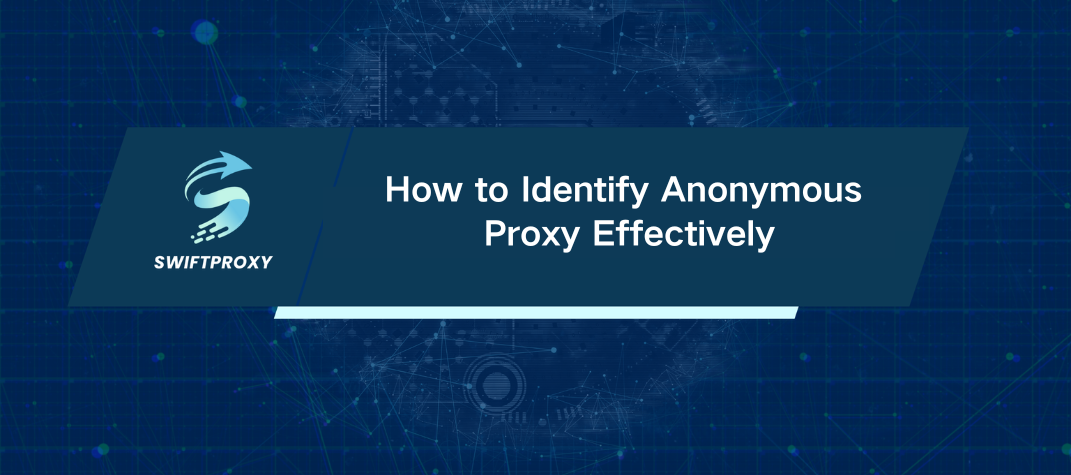How to Identify Anonymous Proxy Effectively

Over 30% of internet users are relying on proxies, many of them high-anonymity proxies. That's a staggering number when you think about it. Proxies, especially high-anonymity ones, are designed to keep users' identities hidden and make online tracking extremely difficult. But what if you need to uncover one?
Let's break down how you can detect if a static IP is masquerading as a high-anonymity proxy, and trust me, it's not as simple as it seems.
The Basics of Static IPs and High-Anonymity Proxies
A static IP is a fixed address assigned by your Internet Service Provider (ISP). It doesn't change, making it easier to identify and track. On the flip side, a high-anonymity proxy shields the user's real IP, making them virtually invisible online by simulating a different address. Essentially, these proxies act as a cloak—hiding your real identity.
Now, detecting whether a static IP is actually hiding behind this cloak? That's where the fun begins.
How to Spot a High-Anonymity Proxy
There are a few key tactics to determine whether a static IP is a high-anonymity proxy. Here’s where you should start:
Look for Discrepancies Using an IP Query Tool
An IP query tool is your first weapon. These tools give you detailed information about an IP, like its region and operator. Run the static IP in question through the tool. If the location doesn't match the user's actual region, alarm bells should be ringing. It's a strong signal that you might be dealing with a proxy.
Trace the Path with Web Tracking Tools
Web tracking tools let you trace an IP address's journey across the internet. You’re looking for any signs that it passed through multiple proxy servers. A proxy server chain is a huge clue. If you spot one, you're likely dealing with a high-anonymity proxy.
Check for Reverse Proxies on Detection Websites
Some websites specialize in detecting reverse proxies. These tools check if the static IP address has passed through a reverse proxy. If it has, chances are high that you’ve uncovered a high-anonymity proxy in action.
How Proxies Fake Other IPs
Beyond hiding the real IP, high-anonymity proxies simulate other IP addresses, often from entirely different regions. Here's how you can spot that happening:
Re-run the IP Query
Same as before—use the IP query tool, but this time focus on patterns. If you notice the static IP jumps between regions that don’t align with the user's known location, that's a red flag. This IP might be faking its origin.
Check Proxy Detection Websites
Some websites are built specifically to detect whether an IP address has passed through a proxy. If the results show that a static IP has been routed through a proxy, you've got your answer.
Important Precautions to Keep in Mind
When using IP detection tools, it's important to remember that accuracy isn't guaranteed. No tool can provide a 100% accurate result every time, as their effectiveness varies based on network environments and the specific websites being targeted. Therefore, it's essential to conduct multiple tests before drawing any conclusions.
Additionally, protecting your privacy should be a top priority during your investigations. Be mindful of the personal information you share when utilizing these tools, as some may collect data for their own purposes. Always review their privacy policies to understand how your information may be used.
Finally, while using proxies is generally legal, it's crucial to stay within legal boundaries. Abusing proxies or employing them for unethical activities can lead to serious consequences. Always ensure that you're adhering to legal guidelines and the terms of service of the websites you are interacting with during your investigations.
Conclusion
Detecting whether a static IP is a high-anonymity proxy isn't foolproof, but combining methods—like IP queries, network tracking tools, and proxy detection websites—can give you a clearer picture. Just remember, accuracy takes effort. Always double-check, run multiple tests, and stay alert to protect both your privacy and integrity.
The internet is a wild place, but with the right tools, you can stay one step ahead.

















































